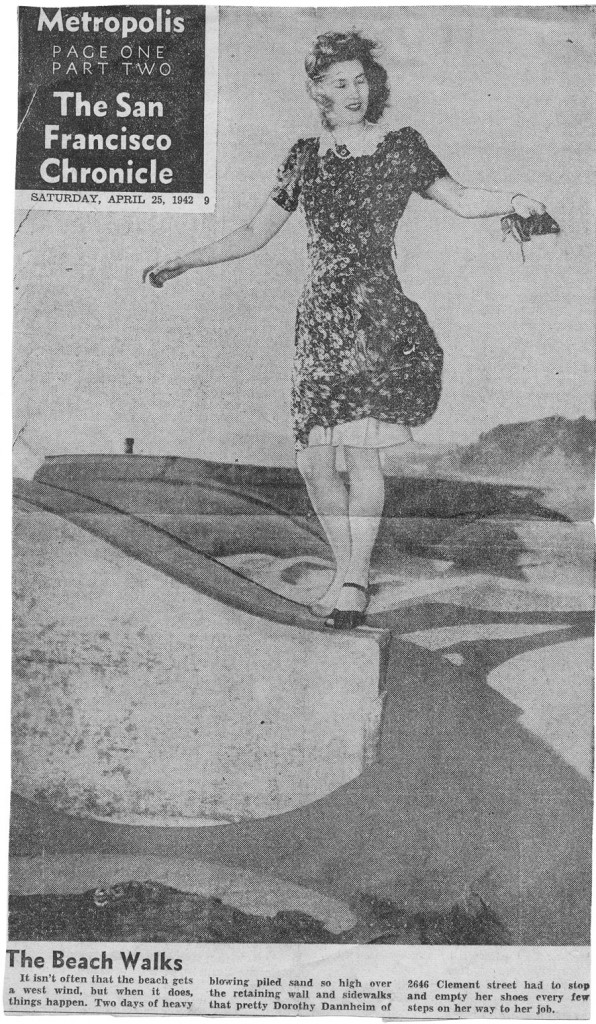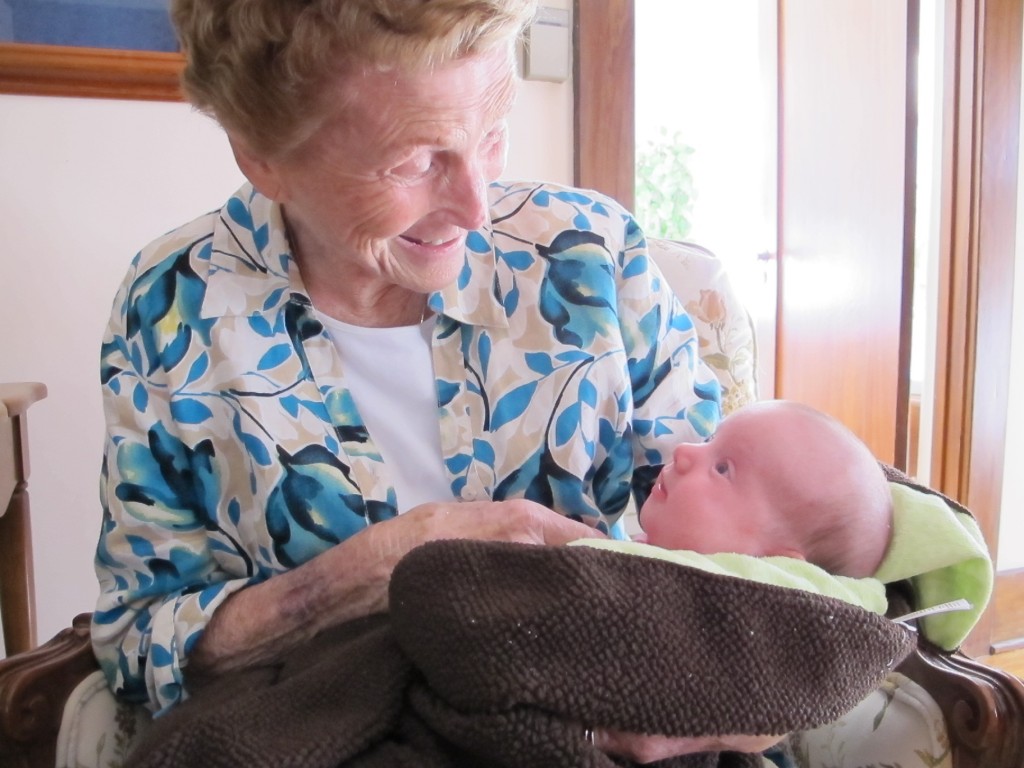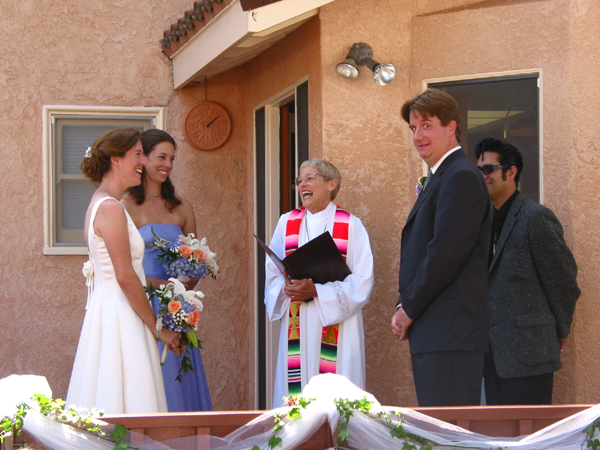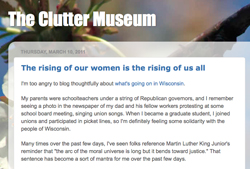Let me throw out a (ahem) hypothetical situation. . .
Say (again, just for the sake of this entirely hypothetical situation) that this week I took over the department’s internship program. Pretend I have the power to approve or reject any internship that would earn a student academic credit from the history department.
Say a Master’s student contacts me and says she wants to “do an internship in” a colleague’s large-enrollment class. By which she means basically be a TA, do grading, etc. (We don’t have Ph.D. students, nor do we have standard TAships; grad students pretty much just work as readers/graders in my department, and we only have a handful of those positions each year.)
The student would not, I imagine, be paid for this “internship.” In fact, she’d be paying for the internship credits.
My questions:
- Should students “pay to play” as TAs?*
- What does the willingness of both professor and student to set up this “internship” say about the present and future of our department, especially considering many prospective grad students already turn us down for schools with better offers?
- Is this really a history internship? That is–is this historical practice? Would such an internship be better run through the education department? If so, should we be letting other departments oversee internships in our classrooms?
- Should an M.A. student earn graduate-level academic credit for grading papers?
- If the student has done this same “internship” before, should the student be able to repeat it for academic credit?
- If it came out that this internship-supervising professor is on the student’s thesis committee, and has done this before, and has worked this same student way beyond the internship’s allotted hours, what would you do when the student contacted you for internship approval? (Remember–you’re a very junior professor. Imagine, too, that you’ve talked with other colleagues about this, and they’re divided about this internship’s appropriateness.)
- What if, hypothetically speaking, it emerged that these large-enrollment classes supported by “interning” TAs allowed all the tenure-line folks in the department to teach fewer classes each year? Would that affect how you approached your colleagues, if you were going to do so?
Your (hypothetical) thoughts?
*I think you know my answer to this question. After all, I received medical and dental insurance, tuition/fee remission, and a salary as a TA at both institutions where I was a graduate student. Still, I’d like to hear your opinion.









